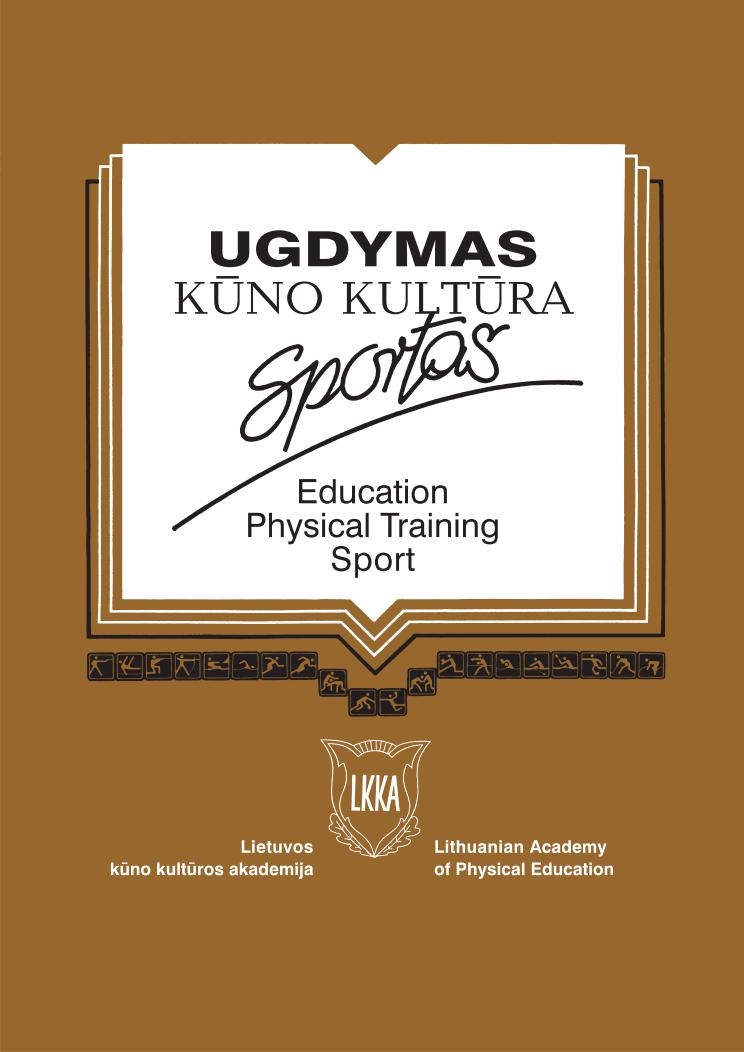Physiological Responses during Competitive Sports Aerobics Exercise
Abstract
The aim of this study was to characterize heart rate (HR), oxygen uptake and pulmonary ventilation during competitive
aerobic gymnastics routine in a group of elite women athletes. The subjects were Lithuanian aerobic women gymnasts,
members of national team (21.6, 4.4) years old). All subjects performed a maximal incremental treadmill test in the
laboratory and competitive aerobic gymnastics exercises in group category. Heart rate was continuously recorded
using the heart rate measurement equipment Polar ACCUREX-Plus. During the incremental treadmill test HR
deflection point and other parameters of aerobic capacity were determined from the relationship of HR to running
speed. During the aerobic gymnastics routine pulmonary gas exchange parameters and heart rate were continuously
measured using the telemetric equipment Cortex 3B. The changes of HR, minute ventilation and oxygen uptake were
analyzed by adopting monoexponential function.
The results showed that HR values during the competitive aerobic gymnastics routine were higher than HR break point
which is near the lactate accumulation threshold (reaching 95.2 (4.2)% of maximal HR). Oxygen uptake during
competitive routine reached 81.3 (5.8)% of maximal oxygen uptake. Rather high blood lactate accumulation
(7.50 mmol / l) at the third minute after exercise show the high intensity of exercise. These results allows us to consider
that aerobic gymnastics is a sport with high cardiorespiratory and metabolic demands, in which aerobic and anaerobic
sources are intensely activated.
Keywords: aerobic gymnastics, aerobic capacity, pulmonary gas exchange, lactate, heart rate deflection point.






